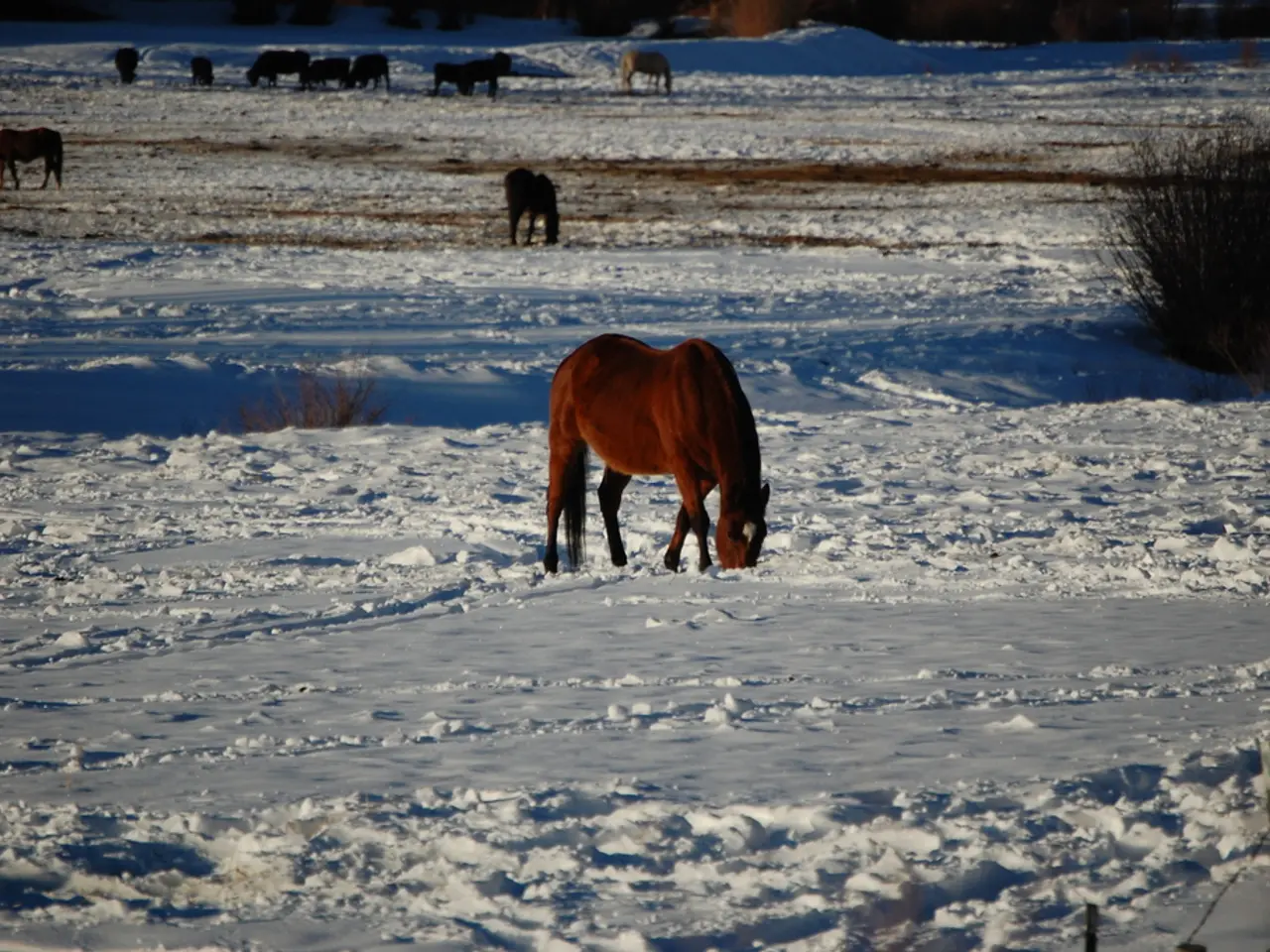Stunning Truths Regarding Threatened Animal Populations
In the face of the ongoing extinction crisis, it's crucial to understand the role we play and the actions we can take to help protect our planet's wildlife.
Human activities have a significant impact on the extinction crisis, with about 25% of mammals and nearly 13% of birds currently at risk. Approximately 41% of amphibians and around 30% of plants are threatened as well. This alarming statistic underscores the urgency of conservation efforts.
One of the most direct ways individuals can contribute is by donating time or money to wildlife conservation organizations. These organizations work tirelessly to continue their life-saving work, and every bit of support can make a difference.
Climate change, deforestation, pollution, and habitat destruction are major contributors to the decline of wildlife. As the world's climate changes, weather patterns are altered, affecting food sources and breeding grounds. This, in turn, puts more pressure on endangered species.
However, conservation success stories demonstrate that with focused efforts, endangered species can thrive again. The Bald Eagle population, for example, increased from 417 pairs in 1963 to over 300,000 today due to banning DDT and protecting nesting areas. Similarly, the California Condor population rebounded from 27 birds in 1987 to over 500 today, thanks to captive breeding and habitat protection.
Community involvement in conservation efforts can lead to great results. In Germany, organisations such as YAQU PACHA e.V., Aktionsgemeinschaft Artenschutz (AGA) e.V., Bund Naturschutz, Naturschutzbund Deutschland (NABU), WWF Deutschland, and various zoological societies contribute significantly to species protection. These organisations work on projects including effective species monitoring, habitat preservation, and legal protection measures.
Education about the importance of animals helps spread awareness. Educating others about the extinction crisis can help raise understanding and encourage more people to take action. Participating in local conservation events or workshops can also help learn and meet like-minded people.
Reducing waste, such as plastic, can help protect wildlife. Pollution can harm wildlife directly, and reducing waste can help minimise this harm. Using less plastic can also help reduce waste in our oceans, benefiting marine life.
Each creature, from the tiniest insect to the largest mammal, contributes to the balance of nature. Rare species often have unique traits that can aid in understanding how to protect other animals and plants. Some endangered species have unique behaviors that can teach us about resilience in the face of adversity.
Laws that protect animals are essential for their survival. Supporting conservation organizations can help protect endangered species and influence decision-makers to take action for animal protection. Writing letters or signing petitions can be powerful tools in this fight.
Finally, remember that losing even one species can create a domino effect. Every species plays a critical role in the web of life, and each creature contributes to the balance of nature. Biodiversity provides benefits such as clean air, fresh water, and fertile soil.
Social media can be used to share facts, stories, and photos about endangered species, helping to spread awareness and inspire others to take action. Together, we can make a difference and help protect the planet's wildlife.
Read also:
- Peptide YY (PYY): Exploring its Role in Appetite Suppression, Intestinal Health, and Cognitive Links
- Toddler Health: Rotavirus Signs, Origins, and Potential Complications
- Digestive issues and heart discomfort: Root causes and associated health conditions
- House Infernos: Deadly Hazards Surpassing the Flames








